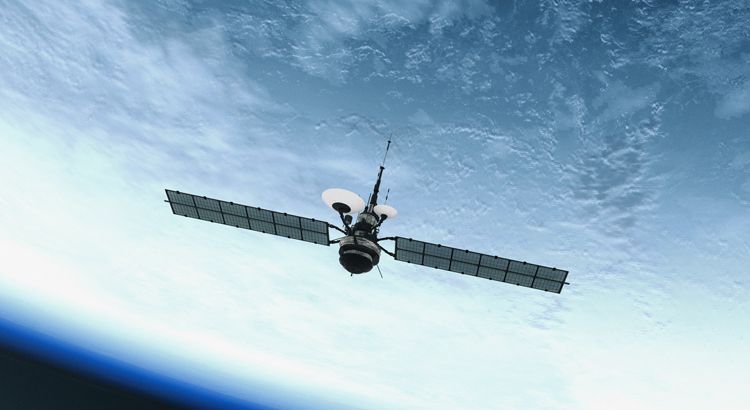
Commercial technology and the space-based defense data chain
Mercury Systems
August 24, 2023
With more satellites launched last year than were operating in total in 2010, it’s clear that the need for space-based electronics is growing at an exponential rate. Driving this new race to space is the rising use of commercially available components in space systems by both nations and private organizations. Although this increased global access to the final frontier presents national security challenges, it is also an opportunity to advance our own defensive and research capabilities via the combination of commercial off-the-shelf (COTS) parts with proven and advanced field-deployable systems.
Commercial components as part of the space-based data chain
Government-based military and aerospace systems often rely on a space-based data chain in which information is captured, stored, processed and transmitted through a secure connected chain of satellites, ships, planes, ground control and equipment. This requires a complex system of onboard microelectronics and processing technology, including IR and microwave sensors, storage data recorders, RF to digital conversion, digital to RF reconversion, low-latency processors and memory — all of which must operate under extreme conditions such as vibration, humidity and solar radiation. Because of the unique mission and security requirements, the development process for these government systems and subsystems is often lengthy and costly.
But the narrative is changing due to the use of advanced commercial components. By integrating the latest high-end processors, memory and storage hardware from companies such as Intel, AMD, Micron and Nvidia into these defensive systems, providers like Mercury can develop and provide smaller, more powerful and MIL-STD rugged electronics to the government in less time and at a lower cost.
Take, for example, how Mercury recently used COTS components to develop a line of solid-state data recorders (SSDRs). Setting new standards for capacity and latency, these SSDRs are already producing results:
- NASA JPL choose to use the high-performance RH3440 for the spectrometer Earth Surface Mineral Dust Source Investigation mission on board the International Space Station. There, it’s helping collect data that will improve forecasts and help us better understand the role of mineral dust in the warming or cooling of Earth’s atmosphere.
- The Environmental Defense Fund MethaneSAT mission chose the RH3480 to help it find and monitor data on harmful methane emissions sources around the world. This effort is meant to reduce methane emissions, illuminate ecological changes and protect natural resources.
Learn more about the future of the space-based data chain
This new generation of space technology will greatly benefit government and industry assets such as LEO satellites, radiation-hardened weapons, aircraft, ground-based command and control, launch vehicles and space exploration missions. However, it is of utmost importance that this technology is reliable against SWaP restraints, cosmic radiation, extreme temperatures and other space-based challenges. Mercury Systems has more than 40 years of history providing this level of quality space-based products, including the data recorders aboard the ISS and the world’s most advanced methane tracking satellite. To learn more, read our white paper about the role of COTS components in the space data chain, or contact us at space.qualified@mrcy.com.







 Big data on the modern battlefield
Big data on the modern battlefield